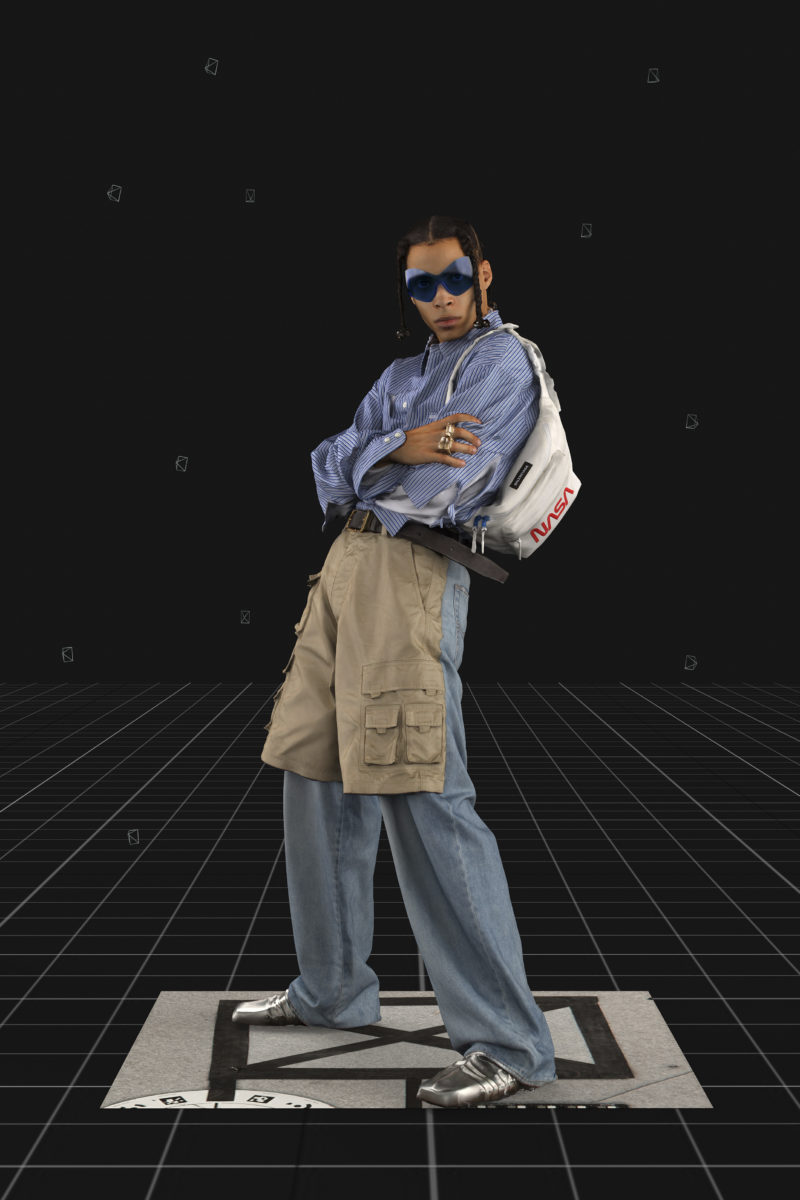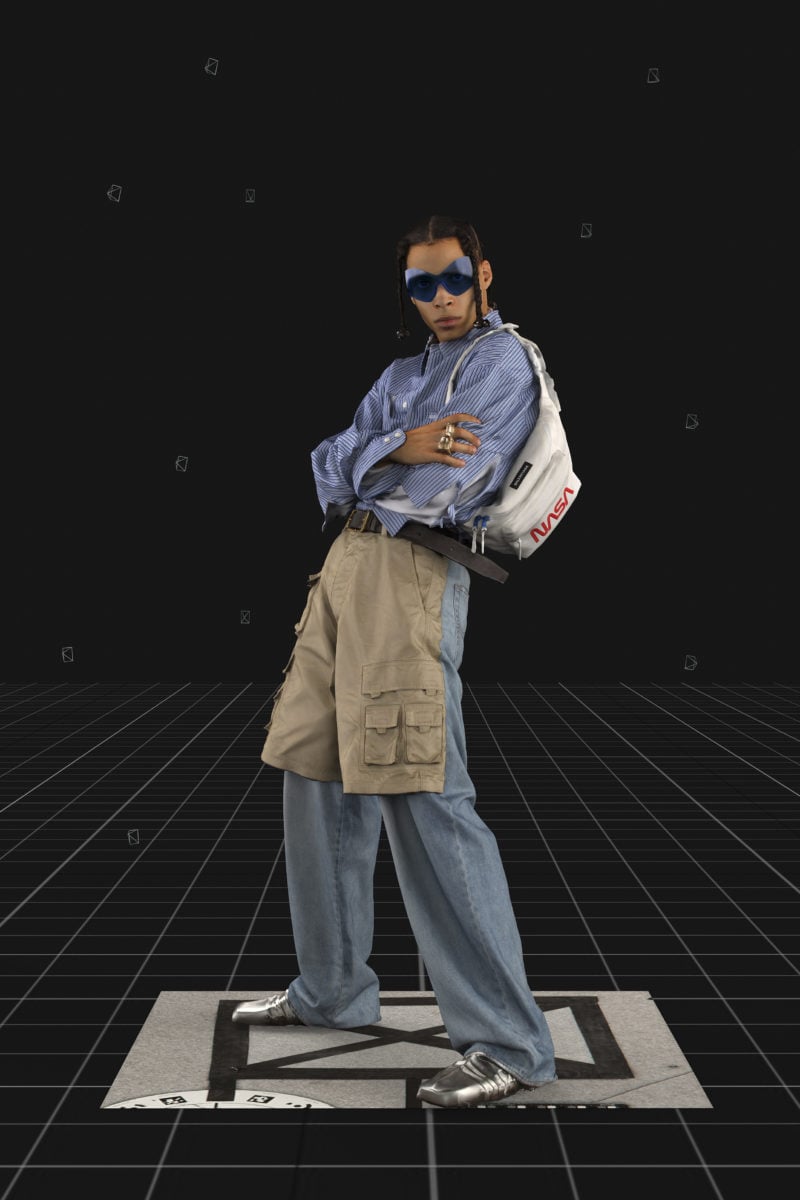Balenciaga Fall/Winter 2021, Ready to Wear. Photography courtesy of Imaxtree
The era of virtual fashion is coming sooner than you may think.
Date December 6, 2021
As the digital and physical worlds continue to converge, the new age of the internet — the “metaverse” — is transforming the fashion industry.
One luxury house fronting the shift is Balenciaga. The brand (known to embrace virtual clothing) recently announced plans to launch a business unit specifically dedicated to exploring opportunities in the metaverse.
Balenciaga released its Fall 2021 collection through a gaming app and famously partnered with the video game Fortnite to create a series of “skins” for the game’s characters. So far, most of the fashion world’s investments in the metaverse have been through video game skins (cosmetics that customize characters), reports Business of Fashion. These developments provide a glimpse of what fashion in the metaverse could look like.
According to Business of Fashion, digital environments are increasingly transforming from transaction-focused consumer spaces to multi-dimensional worlds that foster collaboration and creativity. Naturally, fashion is expected to be key player in this coming era.
The metaverse is a virtual reality that redefines how we use technology, integrating both digital and physical worlds. And it’s not some distant reality — in fact, we’re already there.
The pandemic has thrust the world into daily Zoom meetings and VR chats, and it’s increased a collective urgency to nurture our online identities. Facebook — which owns Instagram and other social platforms — is rebranding to “Meta” as it aims to change users’ online experiences via augmented reality and virtual avatars.
Due to the blurring lines between physical and virtual, COVID-19 has in large part been a catalyst for the metaverse and digital fashion.
Social media platforms like Instagram have introduced us to the metaverse with the popularity of digital influencers like Miquela Sousa, an artificial intelligence fashion and lifestyle blogger with over three million followers.
In the age of the influencer, many people are buying clothes for the sole purpose of posting styled photos to social media. We think of our online identities as extensions of who we are, so the clothes we post are already, in some way, digital. Pixel-made clothing taps into our need for virtual self-expression without physical waste.
Digital fashion is appealing, especially to younger consumers, because of its low environmental impact. Gen Z, specifically, is known to advocate for and invest in sustainable clothing. With growing calls to reduce fashion’s impact on the environment, digital fashion presents an obvious option for brands to limit waste while continuing to make profits.
Fashion brands are tapping into this digital renaissance, with the introduction of virtual clothing solely for our digital identities. In March, Gucci came out with a digital sneaker made only for online spaces. Also this year, brands like Burberry and Louis Vuitton launched NFTs – or “non-fungible tokens,” one-of-a-kind animated digital items. This technology benefits retailers, too, by recording ownership of products on a shared blockchain and preventing counterfeiting.
On a creative level, digital fashion eliminates physical limitations. Unlike traditional luxury clothing, there are no size barriers and no tangible barriers. This novelty allows users to dress more freely and don materials that they couldn’t wear in the physical world. Fashion critic Rachel Tashjian writes for GQ that while runway fashion is often a “conceptual, unattainable dream,” the metaverse allows us to sell and wear “ridiculous” creations.
The metaverse will also make it easier for smaller designers to break into the market, because all that’s needed to create and sell digital pieces is access to a computer and the internet. Digital clothing is thus making the fashion industry more accessible for sellers and buyers while tackling the urgent need for sustainability.
As the metaverse approaches, and the lines between reality and virtual continue to blur, fashion’s eye is toward the future.

































